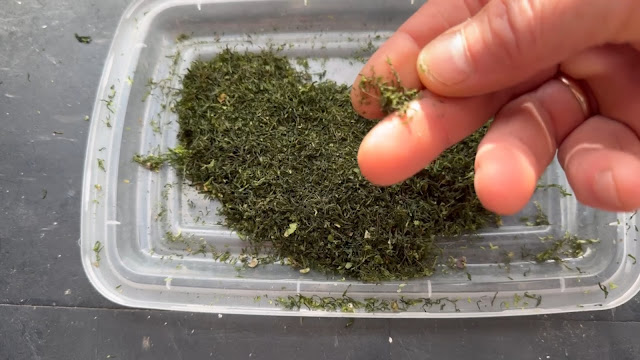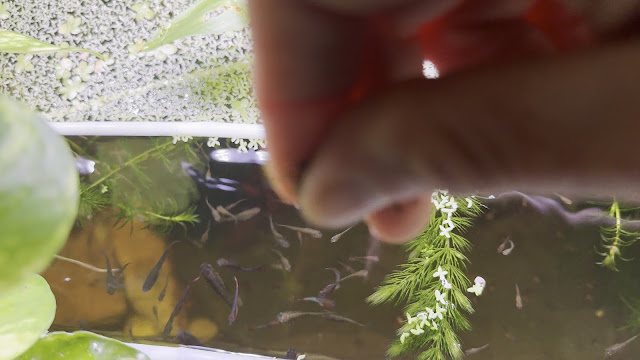Fast growing Filamentous algae is the most invasive among all plants found in aquariums.
It survives under ice and in the most harsh conditions no other plants can live.
It propagates from any tiny size hair-thing string into thick mesh engulfing everything on its way.
Filamentous algae has to be physically removed from aquariums to prevent any further damage.
It gets into aquariums undetected as a hair-thin string that grows fast doubling in size weekly.
Left as it is the Filamentous algae takes over the entire aquarium.
Placing plants, rocks and fish on weeks of quarantine is the only reliable way of preventing contamination by Filamentous algae.
Filamentous algae do not have any practical use in aquariums.
Guppy grass followed by Duckweed and Elodea are the next on my list of the fastest growing invasive plants in aquariums.
Guppy grass grows double of its size in about one month time.
Left unchecked Guppy grass outperform all other plants in freshwater aquariums in a matter of months.
I trim off the bottom half of Guppy grass stems every month.
The fresh grown top half goes back into the aquarium.
I prefer to grow Guppy grass floating for easy trimming.
Air dry the trimmed off part for making fish food flakes.
Here you can see how much Guppy grass has regrown in about 5 weeks.
It's time to trim Guppy grass again.
This time I am going to simply remove half of the Guppy grass stems out of the aquarium.
Make sure no fish got caught in the Guppy grass as you pull it out.
I put half a dozen nice fresh grown stems back into the aquarium for the next month harvest.
Let's put the pulled out Guppy grass aside for now.
Duckweed is another invasive fast growing floating plant that I collect monthly.
I use a hair comb to scoop Duckweed from the water surface.
Left unchecked Duckweed spreads all over the water surface in a thick carpet blocking light from all other plants in the aquarium.
I use fast growing Duckweed and Guppy grass for feeding my fish and critters my fish feeds on.
I put some of the freshly harvested Guppy grass and Duckweed in tanks where I culture scuds.
It would take more than a month for scuds to devour this amount of fresh plants that still would grow.
And once a month I collect Scuds from this tanks for feeding them to my fish.
I air dry the rest of the harvested plants.
It takes about a week for Guppy grass to dry at normal room temperature.
The plants would dry faster if we cut them on smaller parts and spread them in a thinner layer.
Well dried plants can be easily crashed in powder just like normal food flakes from pet stores.
I like to mix the dried plants with flakes made of different ingredients.
The more variations the happier fish the healthier aquariums.
In the past years I've been making fish food flakes using only ingredients growing in my aquariums.
Guppy grass, Duckweed, Scuds and Ramshorn snails - they all are invasive species that I grow for feeding fish in my aquariums.
And fish like it!
Have fun and Happy Aquariums :)































































































No comments:
Post a Comment